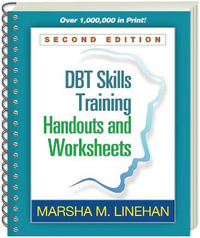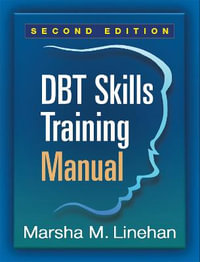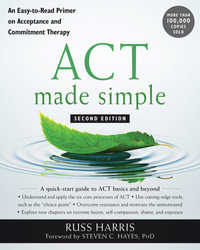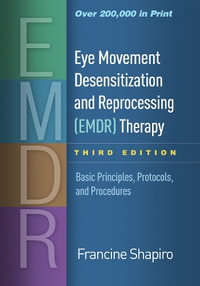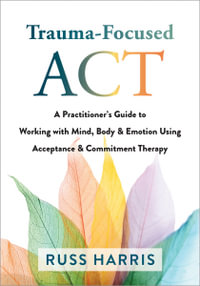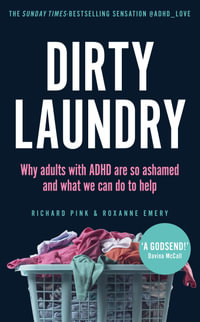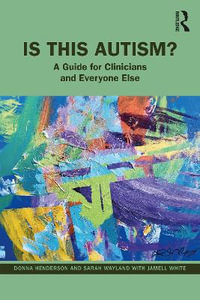'"But don't we already do this all the time?! Yes, but neither fully nor well". This book can change that. With clear succinct instructions, incorporating available research evidence, and a list of key tasks to complete at the end of each chapter, Stanton and Dunkley increase our collective mindfulness IQ. A text, a reference, and a consult team companion.'
Andre Ivanoff, PhD, professor and director, Dialectical Behavior Therapy Training Program, Columbia University School of Social Work, New York; president & board chair, Behavioral Tech Institute, Seattle, USA
'This practitioners' guidebook is a superb resource for boosting efficacy in teaching mindfulness. It richly integrates seminal ideas from CBT leaders and masterfully shows how to facilitate client engagement with an abundance of splendidly composed dialogues and analogies. Its chapters are anchored in strong bibliographies, and it admirably features adaptations for different settings and clinical populations.'
Raymond W. Novaco, PhD, professor, Department of Psychological Science, University of California, Irvine, USA
'Stanton and Dunkley have done it again! The first edition of this little book was an absolute gem and this second edition is a further treasure. New and more extensive examples cover all the challenges that a novice mindfulness teacher or leader of mindfulness skills practice may encounter with numerous practical suggestions to overcome difficulties. If you have never read this book, get it now and if you read the first edition, now is a great opportunity to refresh and rejuvenate your teaching with words of wisdom from Stanton and Dunkley.'
Michaela Swales, PhD, FBPsS, PFHEA, professor, programme director, North Wales Clinical Psychology Programme, Post-Graduate Diploma in DBT, School of Human and Behavioural Sciences, Bangor University, UK
'This is such an important book. Whilst the benefits of mindfulness are almost self-evident for those who practice it, teaching mindfulness is a different task. It's riddled with challenges like navigating the sea of definitions, finding appropriate practical exercises, answering challenging questions from students, adapting mindfulness to specific populations, and many others. You'll find the answers here.'
Rodrigo Becerra, PhD, associate professor, Clinical psychologist, Director of the Psychology Clinic at the University of Western Australia
'Stanton and Dunkley's extensive experience in teaching mindfulness skills is clear in this practical guide. Filled with clinical examples, analogies, and metaphors readers will find strategies to increase willingness, manage challenges and effectively teach mindfulness. The updated second edition continues to be on my highly recommended list and is a must read for clinicians teaching mindfulness.'
Sian Jeffery, PhD, senior clinical psychologist & DBT coordinator, Fremantle Mental Health Service; Western Australia, DBT trainer and supervisor, psychology training


